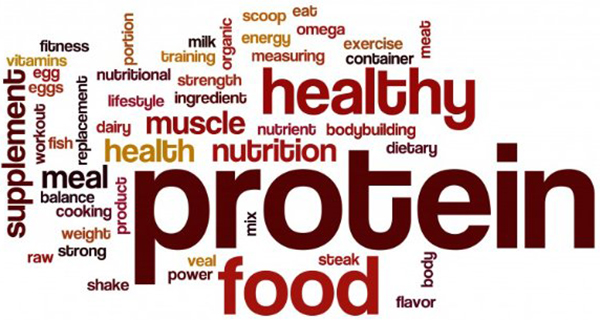
Nielsen data shows U.S. sales for food products bearing the claim “excellent source of protein” grew 11.6% to $3.8 billion in the year leading up to October 2016, Bloomberg reported. Moreover, “protein” is the most highly-searched term for consumers looking for healthy products (63%), compared to fiber (61%), whole grains (57%) and organic ingredients (36%), according to a September Mintel report.
Euromonitor found that Americans are consuming much more protein from fresh and packaged foods than the average global consumer: 48.5 grams (fresh) and 54.2 grams (packaged) a day per capita for Americans versus 30 grams (fresh) and 16 grams (packaged) globally. Euromonitor ranked dairy, excluding ice cream and frozen desserts, as the top category Americans turn to for protein, followed by processed meat and seafood in second place and baked goods in third.
NOT ONLY MEAT – While meat has long been a traditional source of protein, plant proteins and other alternative protein sources are becoming more popular and are often recommended by health experts. Even if plant proteins usually don’t contain the complete complement of enzymes the body requires. Manufacturers may need to combine more than one plant protein or enzyme source to be sufficient. Experts warn against eating too much protein, which can lead to a higher calorie intake or proteins replacing other important foods, like fruits and vegetables. In addition, higher global consumption of animal-based protein can also lead to animal welfare and environmental concerns.
These issues could eventually signal a tapering off of the protein trend in coming years. While manufacturers shouldn’t necessarily abandon their protein-enrichment efforts altogether, they should be strategic in terms of which products they focus on. They can also keep their eyes open for other trends that might be applicable to their fresh or packaged products, such as probiotics or healthy fats.
